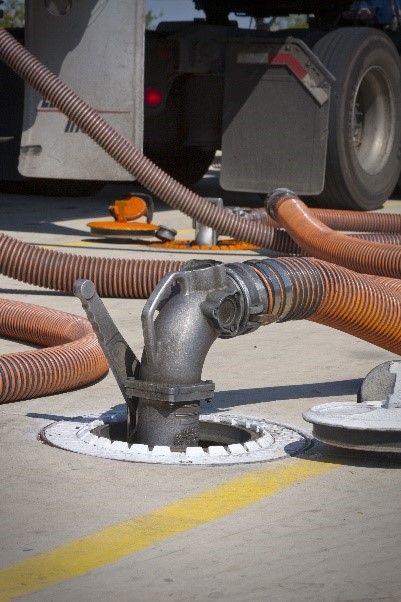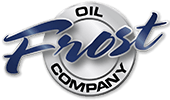Underground Fuel Storage Tank Checklist

Weekly Maintenance
- Check for leaks on pumps, filters, nozzles, Valves, joints, and fittings. Check hose for cracks.
- Check fuel gauge for proper operation.
- Check Automatic Tank Gauging (ATG) for the presence of water if equipped.
- Check Spill containment for debris and keep clean.
- Check fire extinguisher.
Monthly Maintenance
- Manually check for water with tank stick and water finding paste.
- When you manually check for water take note of the fuel level and make sure the tank gauge calibration is correct.
- Check the vent for any blockage or dirt buildup.
- Check pump motor for signs of over-heating or excessive wear.
- Check ATG leak detection reports. Check Interstitial Monitor if so equipped.
- Make sure all pump decals and signs are still legible and in place.
Periodic Maintenance
- Replace filter at least every six months or as needed depending on volume. Mark the date on the new filter. Water sensitive filter will need to be changed more often.
- Have a qualified person check all electrical.
- Have a qualified company pull samples from the tank bottom and evaluate them.
- Check pump sump for any water buildup. (lids are very heavy)
- If using impressed current for your cathodic protection you should check it every 60 days by checking the readout.

Important Tips
- Know the capacity of your tank and have it painted on the tank.
- Tank lids should be painted to indicate what product it contains.
- Fill pipe products tags are a good permanent way to identify the product.
- Pumps should have decals such as Product Identification and No smoking.
- Pump should be placed in an area free of open flames, welding, cutting torches or where any other possible point of ignition might be.
- Determine your Safe Gauge Height (SGH). That is how much the tank can safely hold.
- Warning: Gasoline has a Flashpoint of is -45°F so it means it’s always giving off a vapor that can ignite. Diesel is around 126° F, but don’t consider it safe around point of ignition.
- Have a spill prevention plan in place if a spill occurs. Stock spill cleanup materials.
- Report any spill or overfill of petroleum that exceeds 25 gallons or causes a sheen on nearby surface water. Spills and overfills under 25 gallons that are contained and immediately cleaned up do not have to be reported. If they cannot be quickly cleaned up, you must report them to your implementing agency.
- Make sure you order the right amount of product. Order only the quantity of fuel that will fit into 90 percent of the tank. For example, if you have a 10,000-gallon tank with 2,000 gallons already in the tank, you would order at most a 7,000-gallon delivery (90 percent of 10,000 is 9,000 gallons; subtracting the 2,000 gallons already in the tank leaves a maximum delivery of 7,000 gallons).

